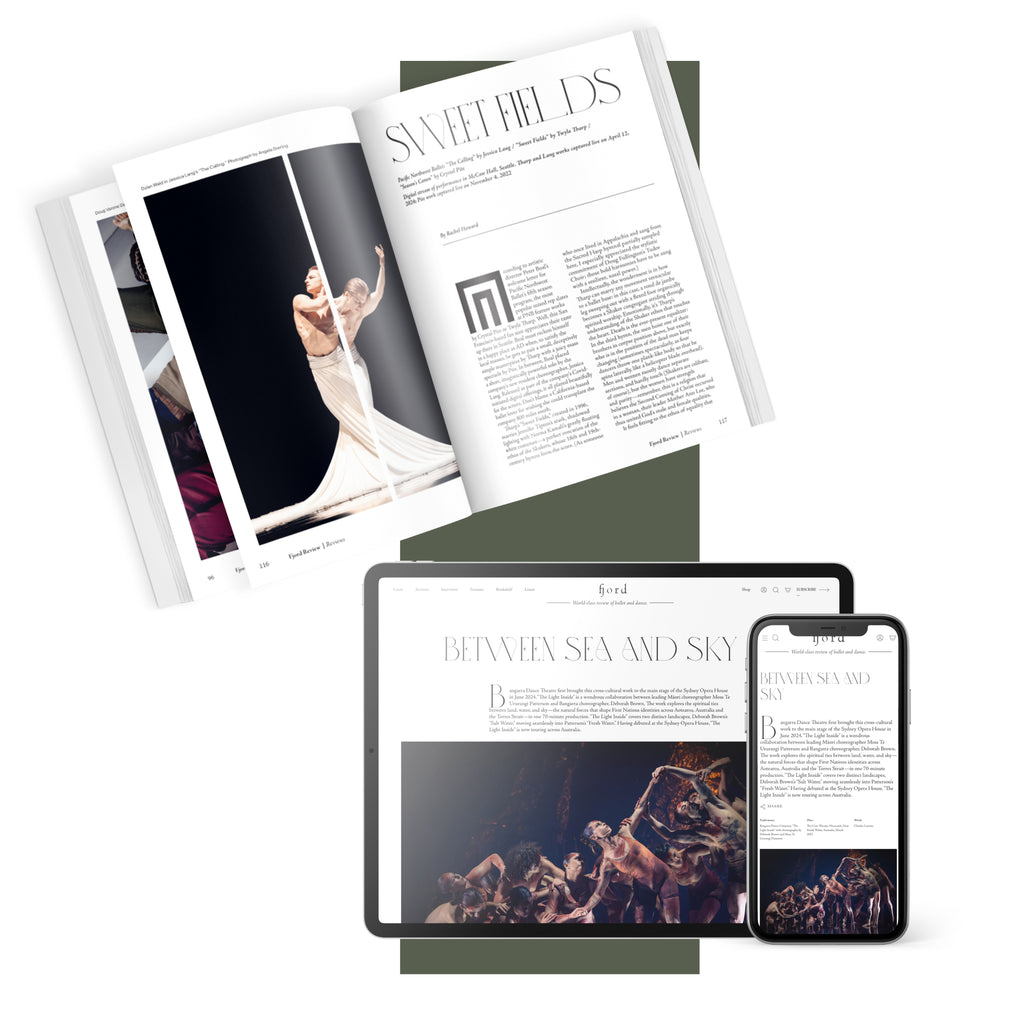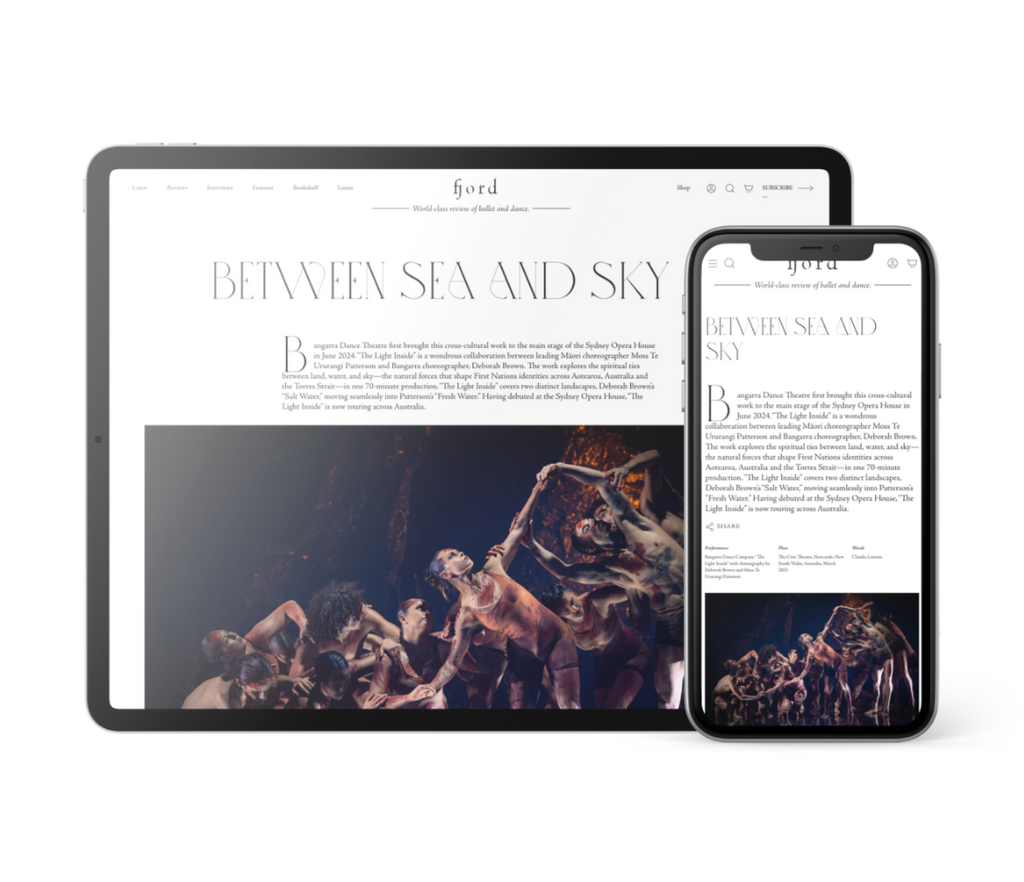As such aside from being the raucously wholesome family fun we’ve come to expect from Aardman Animations, Vengeance Most Fowl was a timely comment on modern technology. Despite the good intentions we have for creating it—in this case, Wallace developed his army of “Norbots” as home help companions, particularly to assist Gromit in tending his cherished garden—it can easily spiral out of control, rob us of daily tasks we enjoy, drive wedges between us and our loved ones, and be co-opted for nefarious purposes.
Unexpectedly, these technological questions ended up influencing my interpretation of another aspect of my festive viewing: Birmingham Royal Ballet’s “The Nutcracker” at the Royal Albert Hall. First staged at the London landmark in 2019 by David Bintley, this version of the ballet classic differs from Peter Wright’s original—his gift to the company upon their move from Sadler’s Wells to Birmingham in 1990—in more ways than just location. Notably, Bintley reimagines one of its central figures, the magician Drosselmeyer, as a doll maker and creator of automata. Just like Wallace, he is an inventor.
Instead of beginning in a ballroom as those familiar with BRB’s “The Nutcracker” may expect, Act One opens with the Dickensian-style frontage of Drosselmeyer’s workshop placed at the centre of the Royal Albert Hall’s horseshoe auditorium. Smoke billows out of the chimney and projections of silhouettes scurry about in the mullioned window, presumably crafting the toys intended as Christmas presents for Clara and her extended family. The crux of the plot, and Drosselmeyer’s unique profession, are described in a German-accented voiceover (read by actor Simon Callow) that reappears sporadically throughout the ballet. It’s a helpful yet subtle addition for audiences new to the narrative.
Suddenly, in an impressively slick scene change, the stage’s backdrop of metallic boards is flipped to create a series of French windows. A fireplace and sumptuously adorned Christmas tree also appear, transporting the action into a festive reception room. Relatives pile onto the stage in orderly lines, while battalions of sailor suit-wearing boys march dutifully behind their nannies. Later, they join young girls in skippy, folk-inspired duets, circling around each other and embodying different layered phrases in Tchaikovsky's jubilant score. Played by the Royal Ballet Sinfonia seated on a balcony above the stage, rather than hidden in an orchestra pit, it’s a rare treat to see, as well as hear, musicians showcasing their artistry.











comments